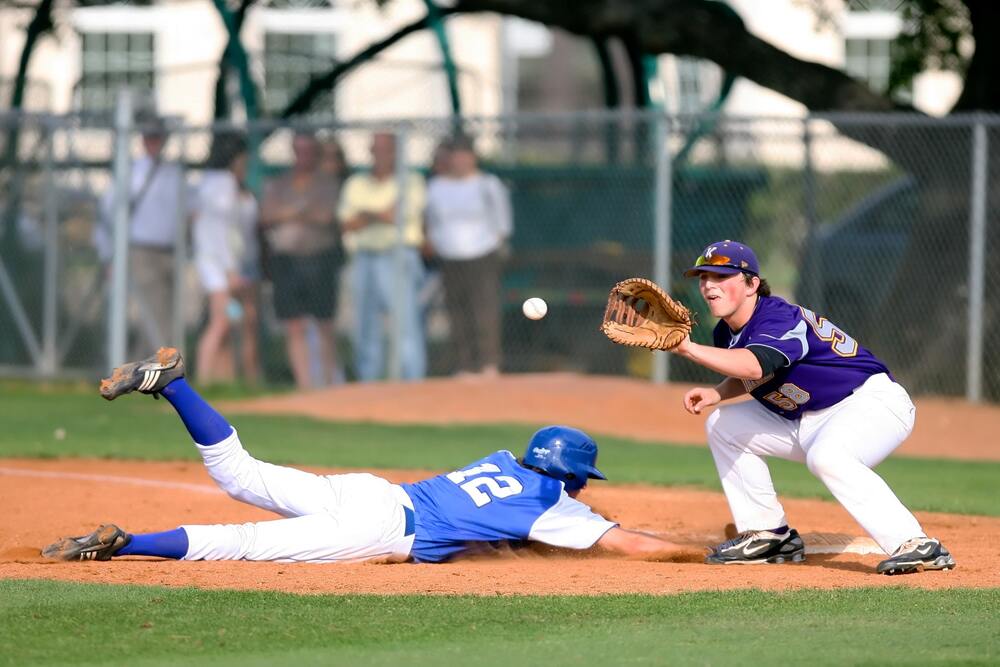
Baseball practice is a great way to improve your skills, have fun with your teammates, and prepare for the game. But what should you wear to baseball practice? You don't want to show up feeling uncomfortable, unprepared, or out of place. You want to wear clothes and accessories that are comfortable, functional, and stylish.
Having played baseball for many teams and coaches, I know from experience that different teams have different preferences and expectations about what they wear to baseball practice. However, there are some everyday items that most players should wear to every practice, regardless of their team or level.
Here are items that you should wear to baseball practice:
Panaprium is proud to be 100% independent, free of any influence, and not sponsored. We carefully handpick products from brands we trust. Thank you so much for buying something through our link, as we may earn a commission that supports us.
Baseball hat

A baseball hat is a traditional part of a player's uniform, and you should wear it to every practice. A baseball hat protects your face from the sun's rays, which can be harmful and distracting.
It also shows your team spirit and helps you identify your teammates on the field. If you already have a team hat, you should wear it to practice. If you don't have a team hat, you can wear any regular baseball cap that fits your head and matches your team's colors.
Some coaches may allow you to wear any baseball cap to practice, but others may prefer a specific one. So you should always check with your coach before wearing a different hat to practice. On colder days, most coaches will allow you to wear a beanie or a knit hat instead of a baseball cap.
T-shirt

Go for a comfortable and breathable T-shirt to wear to baseball practice. The t-shirt allows you to move freely and easily on the field without restricting your range of motion.
You should wear a T-shirt that fits your body well and doesn't sag or bunch up. You should also avoid wearing t-shirts with offensive or inappropriate language or images, as they can offend your coach, teammates, opponents, or spectators.
On colder days, you can wear a hoodie or a long-sleeved shirt over your t-shirt to keep yourself warm and cozy. You should follow the same guidelines as for t-shirts when choosing a hoodie or a long-sleeved shirt: make sure they fit well, don't have offensive or inappropriate language or images on them, and match your team's colors.
Baseball pants or sweatpants

Baseball pants or sweatpants are also crucial for baseball practice. They protect your legs from abrasions and injuries from sliding on the field or running into bases. Most players and coaches prefer baseball pants specially designed for baseball and provide the best protection and comfort.
Go for baseball pants made of sustainable material that is durable and resistant to dirt and stains. It should also have elastic waistbands and cuffs that ensure a snug and secure fit. Some have belt loops that allow you to wear a belt if needed. Baseball pants come in different colors and styles, but most players choose white or gray pants that match their team's colors.
If you don't have baseball pants, you can also wear sweatpants to baseball practice. However, they are not as durable or resistant as baseball pants. They are usually made of soft and warm cotton or fleece fabric but are also prone to tearing and fading.
Baseball cleats

Baseball cleats or shoes provide traction and stability on the field, which is essential for running, stopping, turning, and sliding. They are specially designed for baseball and provide the best performance and comfort.
Baseball cleats have rubber soles with metal or plastic spikes that dig into the ground and prevent you from slipping or sliding. They also have leather or synthetic uppers that are durable and breathable. They also have laces or straps that ensure a snug and secure fit.
Baseball cleats come in different colors and styles, but most players choose black or brown cleats that match their team's colors. If you don't have baseball cleats yet, you can wear regular shoes or sneakers to practice instead. Just make sure they have rubber soles with some texture or pattern that provide traction and stability on the field.
Baseball glove

A baseball glove helps you catch and throw the ball, which are essential skills for baseball. Go for a baseball glove made of vegan leather material that is flexible and durable. It should have a pocket in the palm that holds the ball, fingers, and a thumb that allows you to grip the ball.
Also, it should have a webbing between the thumb and index finger that helps you catch the ball and a wrist strap that ensures a snug and secure fit. A baseball glove comes in different sizes, shapes, and colors, but most players choose one that fits their hand and position. You may need different gloves for various positions, such as infield, outfield, catcher, or pitcher.
Batting gloves

Batting gloves are optional gloves you can wear to practice when you are hitting. They improve your grip on the bat and prevent blisters on your hands. They have a palm pad that cushions your hand from the impact of the bat and fingers and a thumb that allow you to grip the bat.
Baseball helmet

A baseball helmet is a helmet that you can wear to practice when you are batting or running the bases. It protects your head from stray balls or accidental hits by the bat, which can cause serious injuries such as concussions or fractures.
It has a shell that covers your head and a face mask that covers your face. It also has ear flaps that cover your ears and a chin strap that ensures a snug and secure fit.
Wrist guards

Wrist guards are another optional protective gear to practice on your wrists. They protect your wrists from injuries such as sprains or fractures that can occur when you swing the bat or slide into bases.
They have a pad or a splint that cushions your wrist from the impact of the bat or the ground. Wrist guards come in different sizes, colors, and styles, but most players choose wrist guards that fit their wrist and match their team's colors.
Shin guards

Shin guards protect your shins from injuries such as bruises or cuts when you foul off balls or slide into bases. Shin guards are made of plastic or foam material that is hard and durable. They have a shell that covers your shin.
Sliding shorts

Sliding shorts are optional shorts you can wear to practice under your pants. They provide extra padding and protection when you slide on the field or run into bases. They have a padded cup that protects your groin area and padded thighs that protect your legs.
Sliding shorts come in different sizes, colors, and styles, but most players choose sliding shorts that fit their body and match their team's colors.
Jewelry

Jewelry is optional accessories you can wear to practice to express your personality or style. Jewelry can include earrings, necklaces, bracelets, rings, or watches.
However, some coaches may not allow you to wear jewelry for safety reasons, as they can cause injuries to yourself or others if caught on the field or the equipment.
Jewelry can also distract you or your teammates from focusing on the game. You should always check with your coach before wearing any jewelry to practice. If you wear jewelry, you should ensure they are small, light, and secure. You should also avoid wearing jewelry with sharp edges or points or making noise when you move.
Have fun and play hard!
These are the items that you should wear to baseball practice. Wearing these items will prepare you to play your best and have fun with your teammates. Remember to always check with your coach if you have any questions or doubts about what to wear to baseball practice. Have a great practice!
Was this article helpful to you? Please tell us what you liked or didn't like in the comments below.




















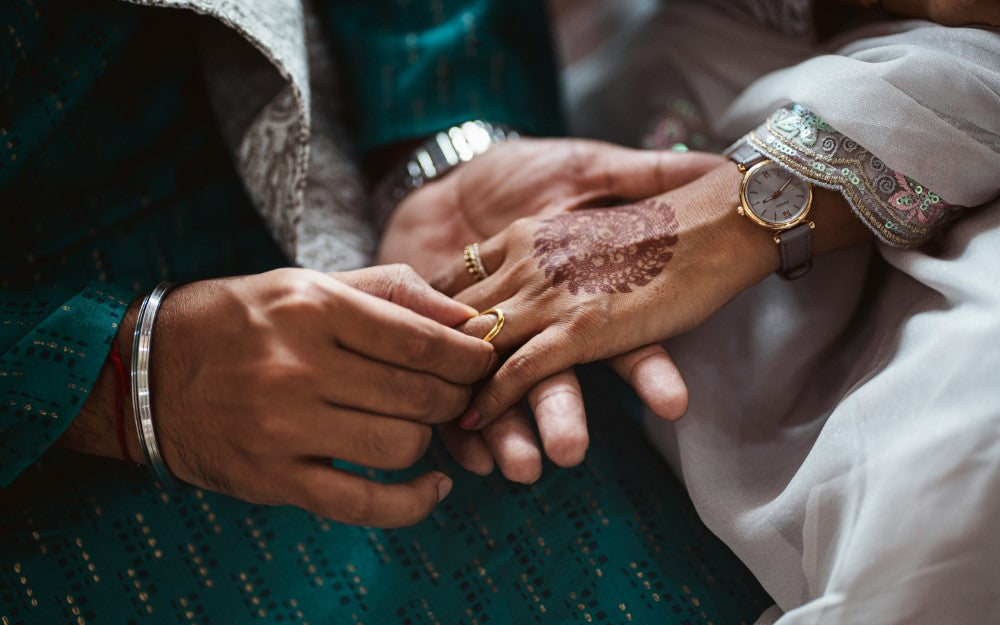
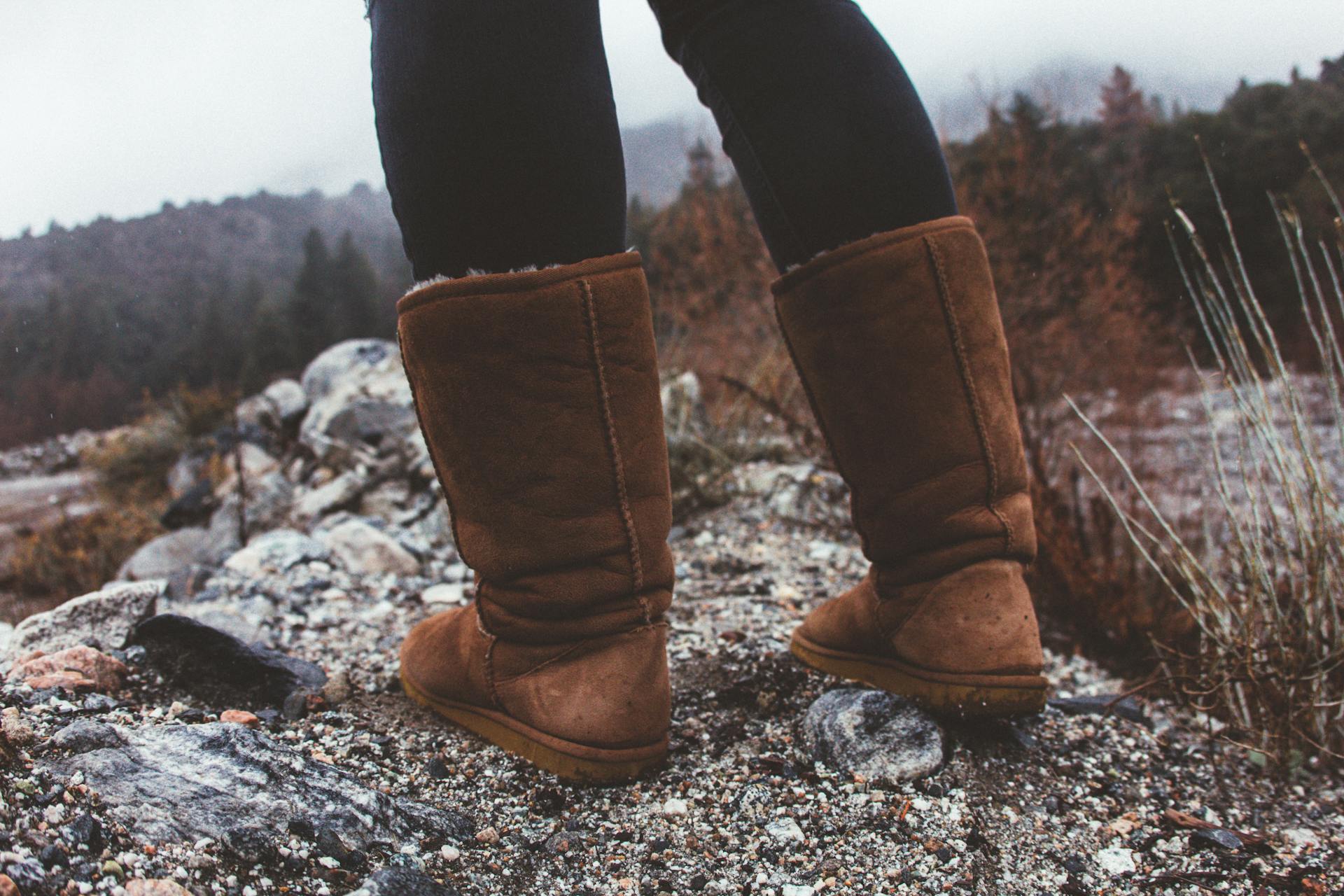

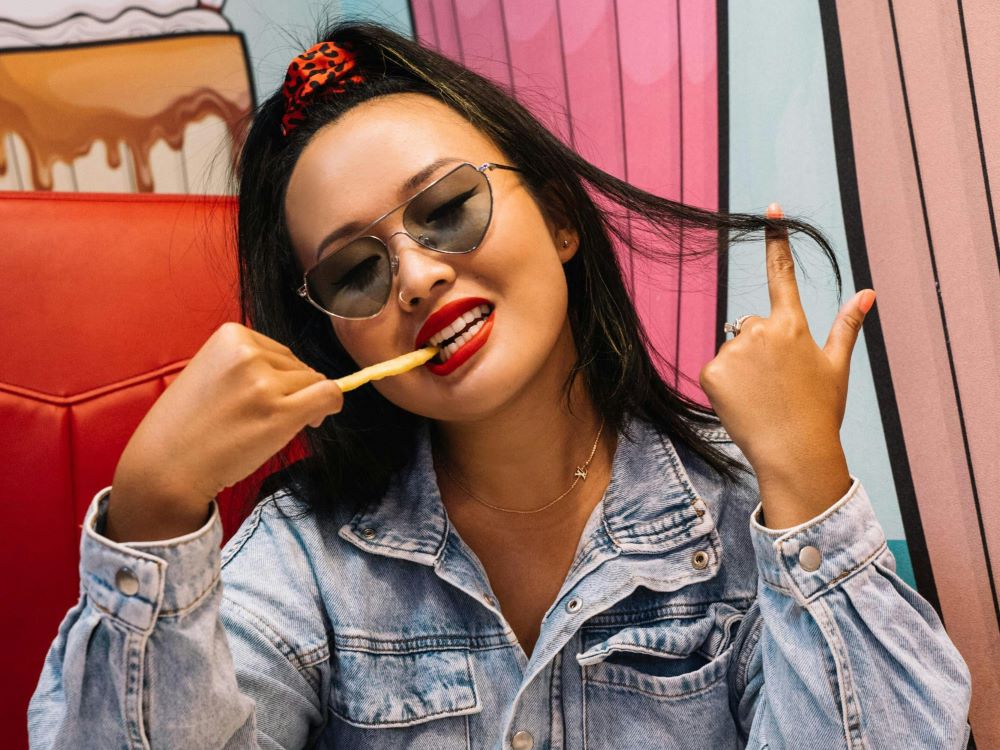

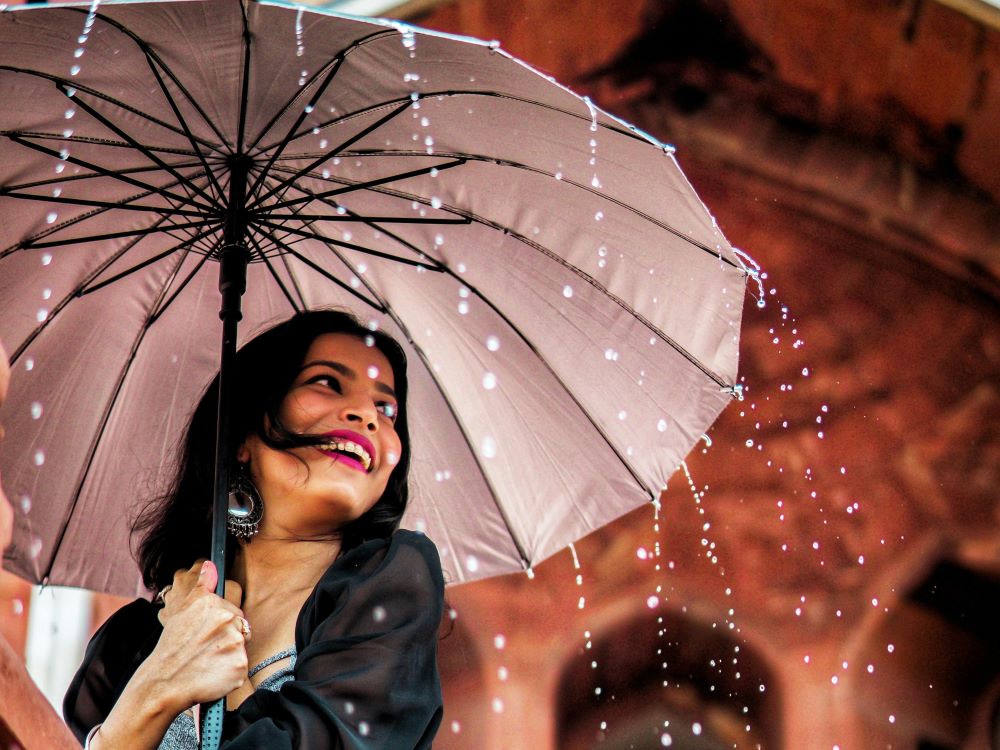
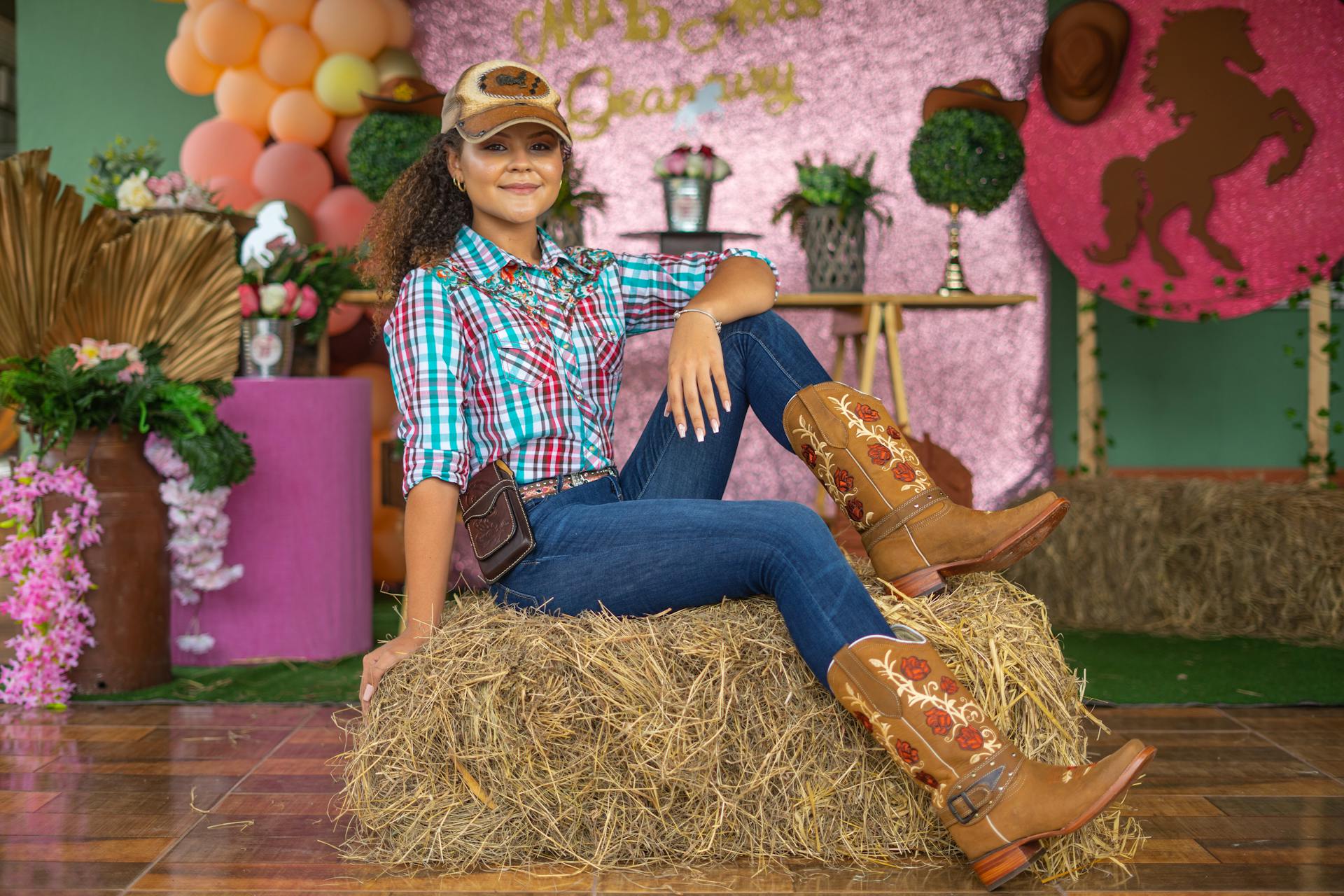
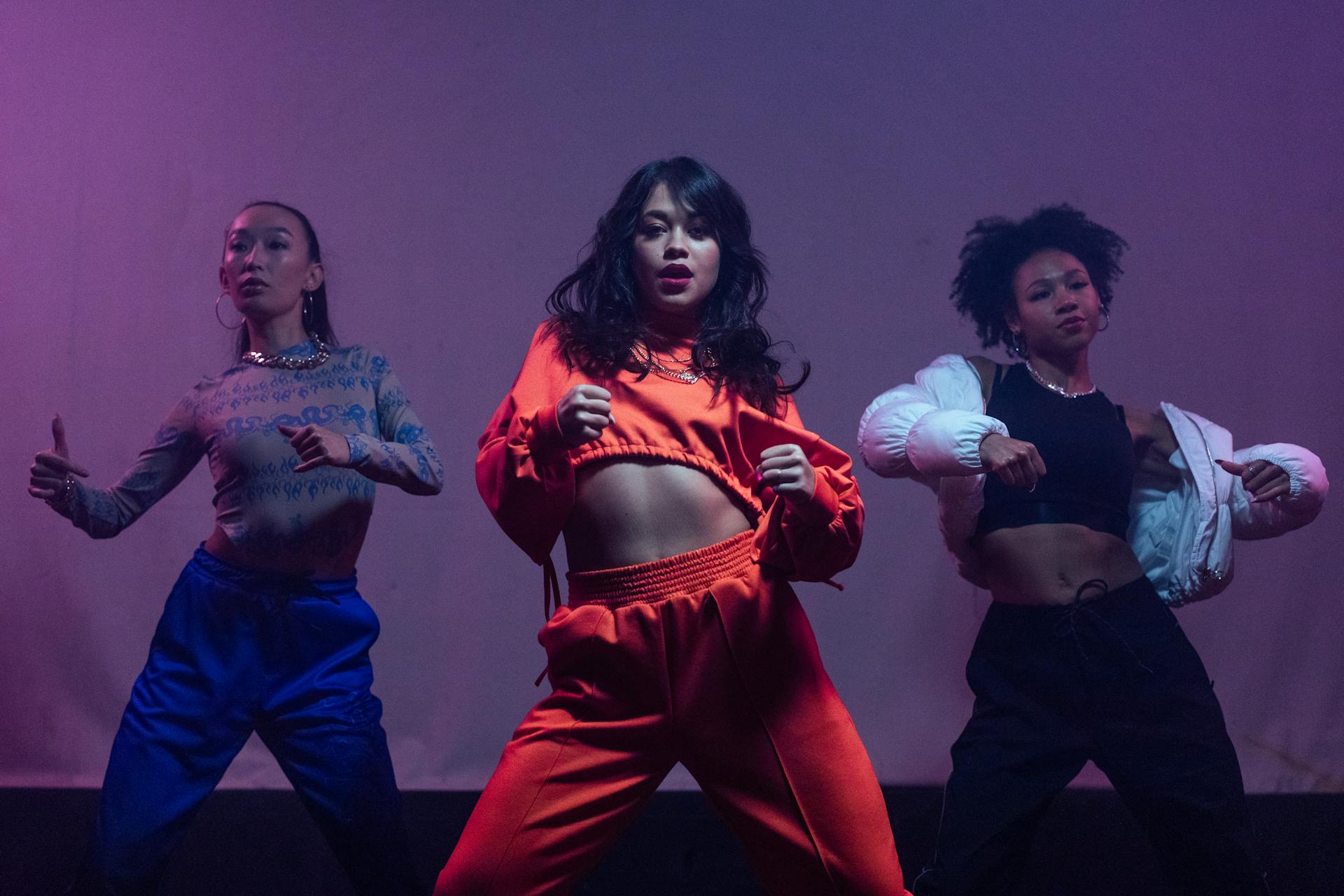
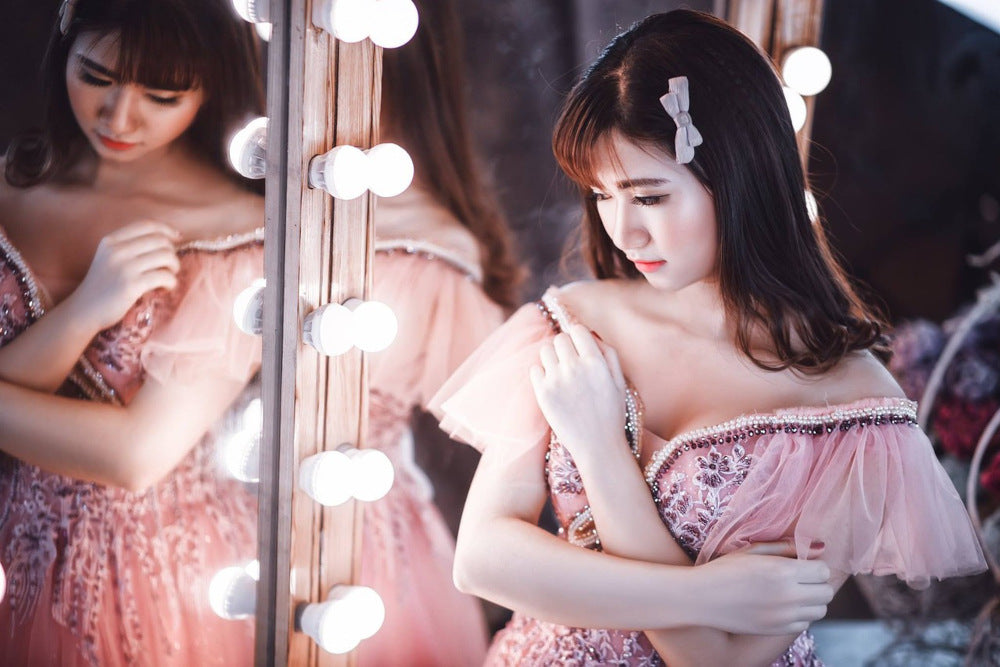
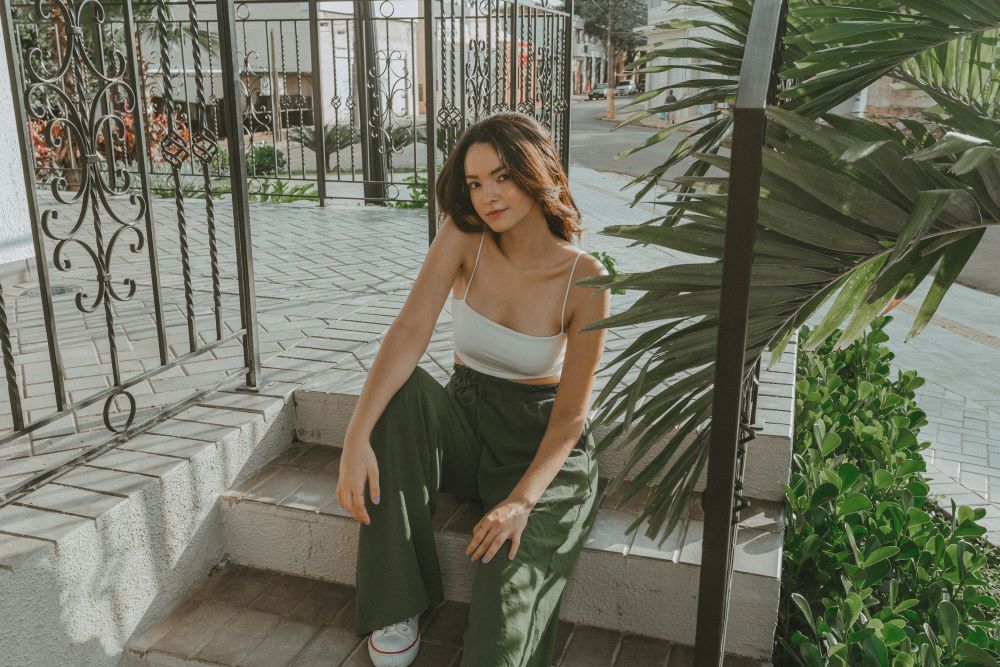
0 comments